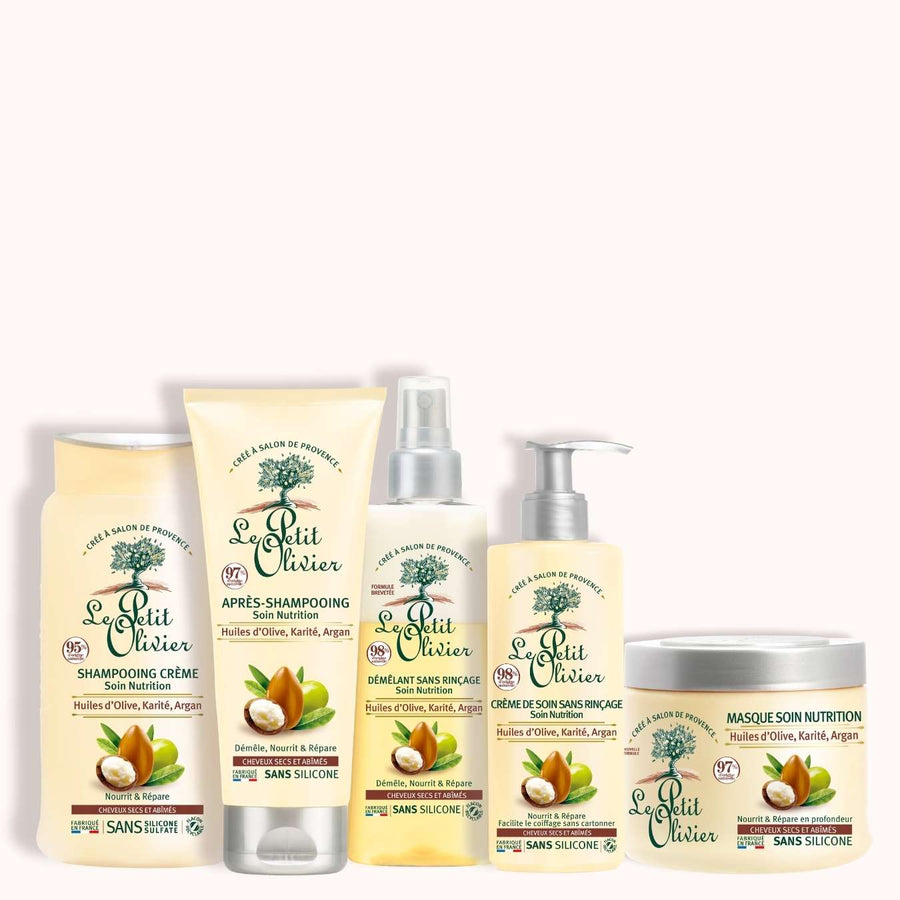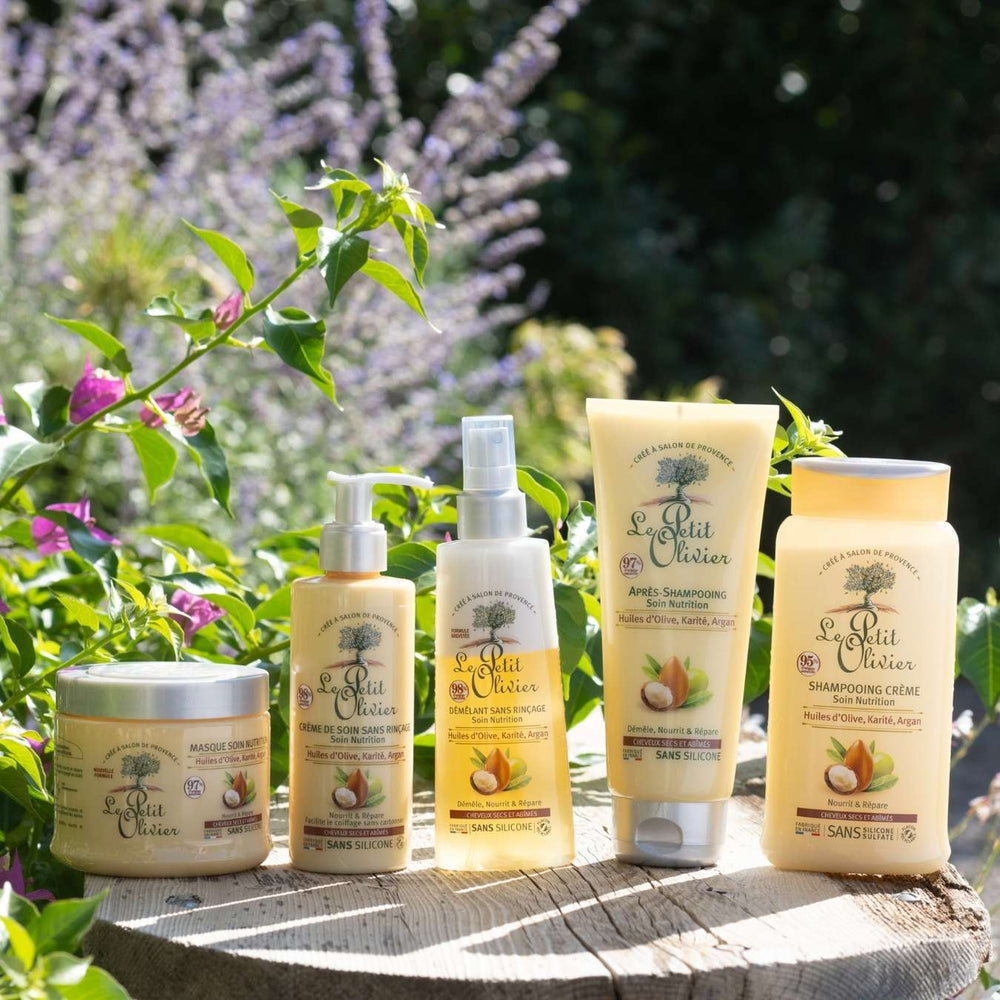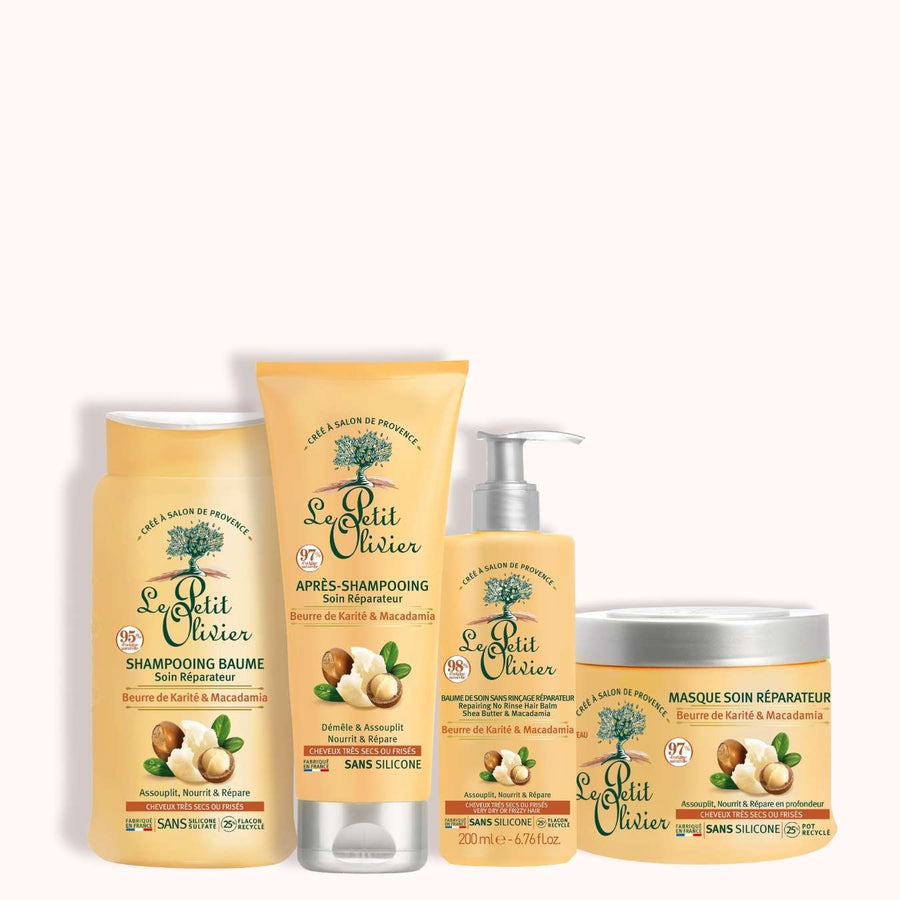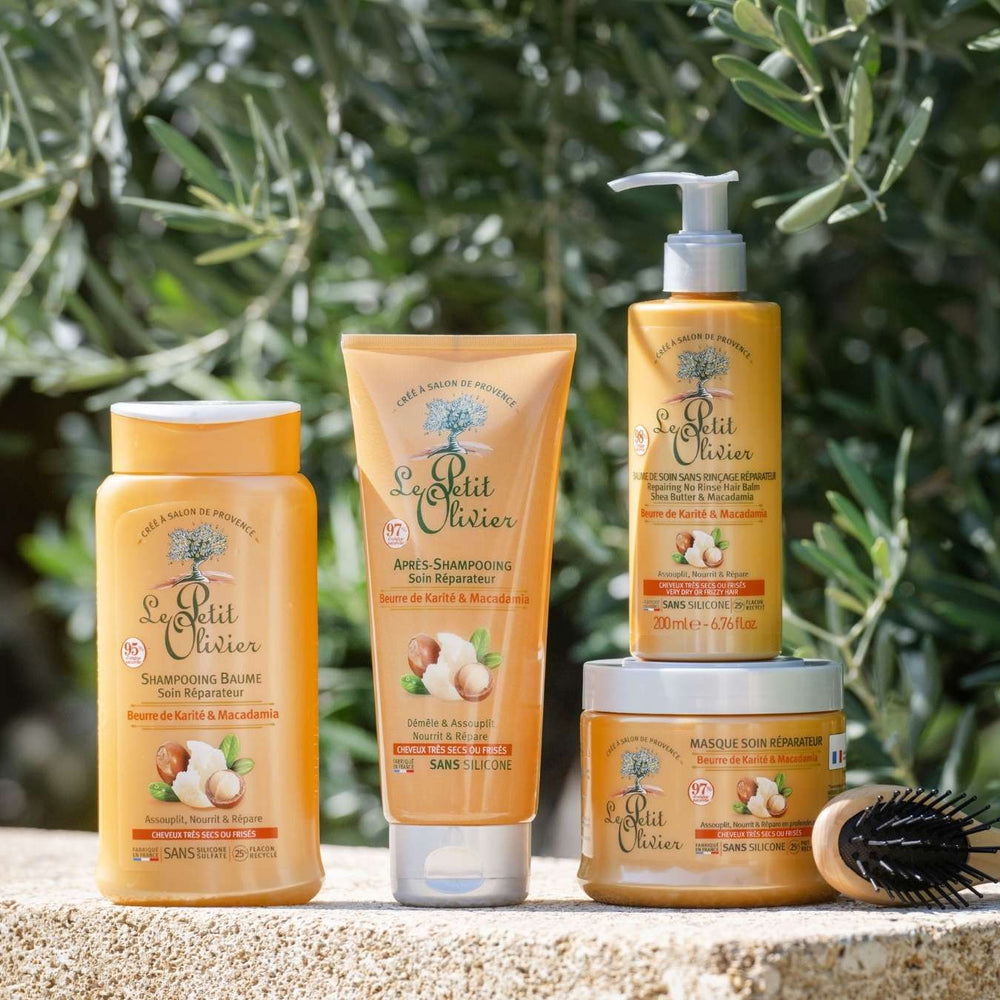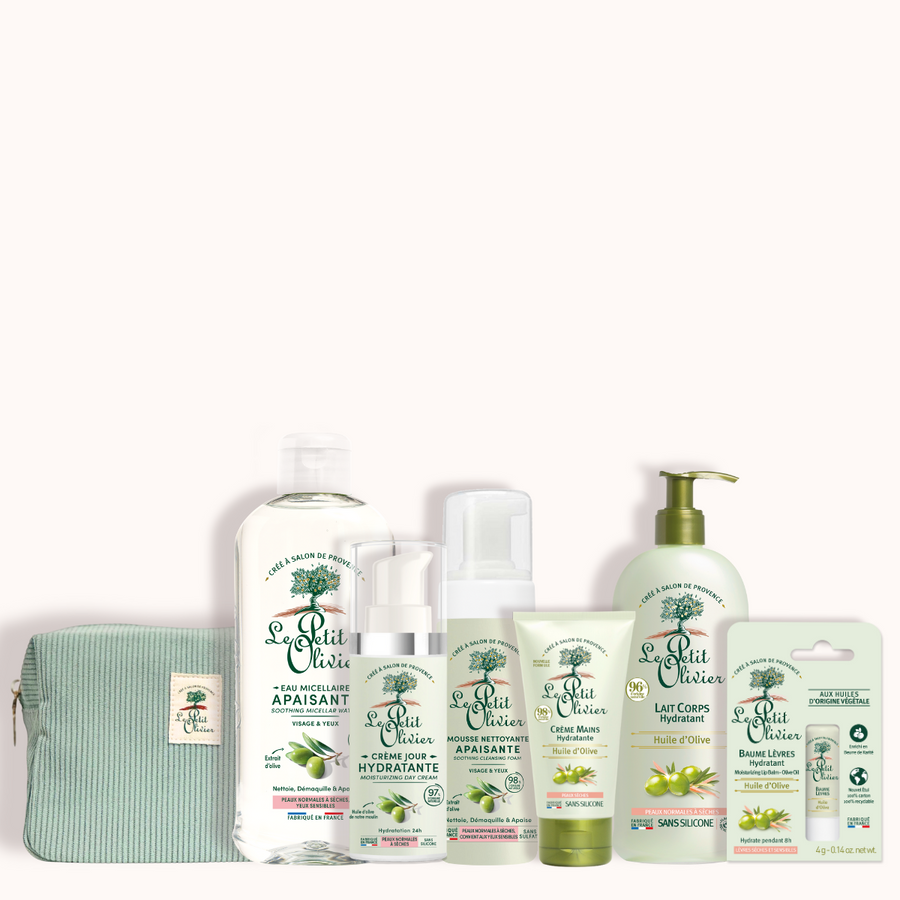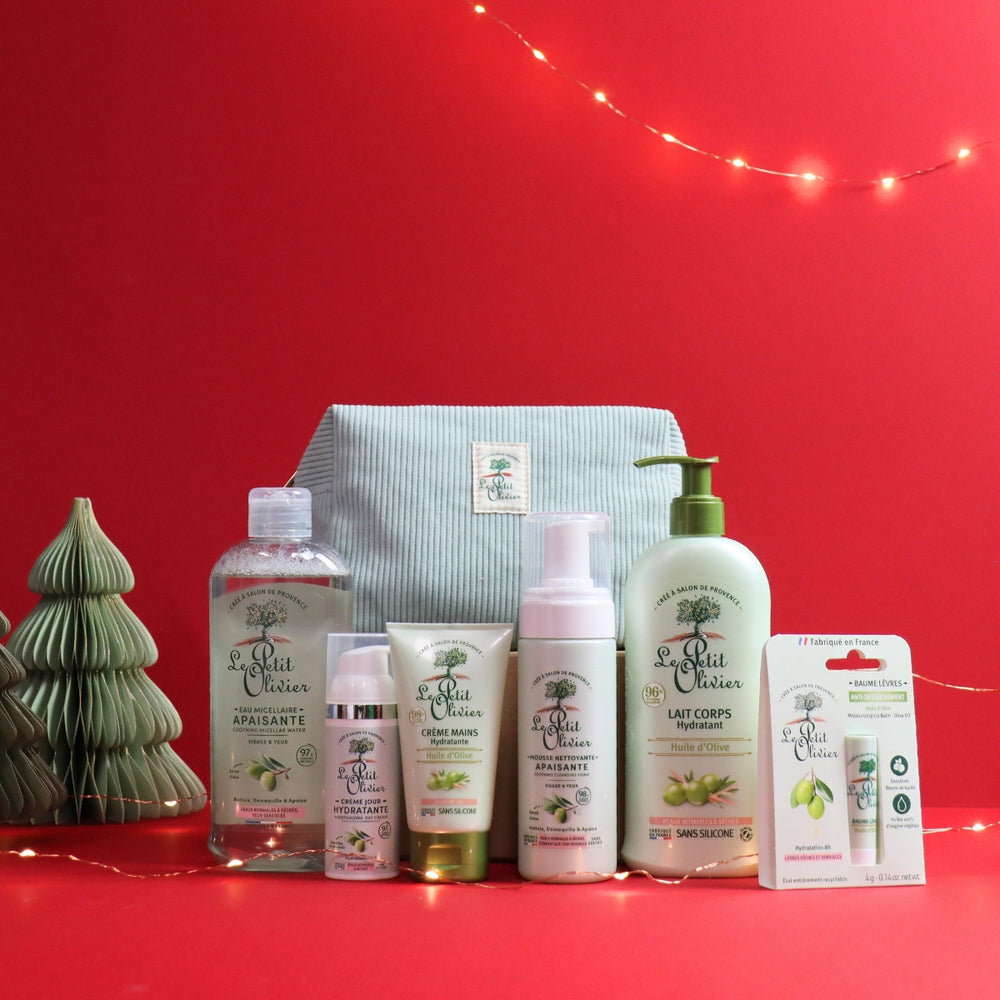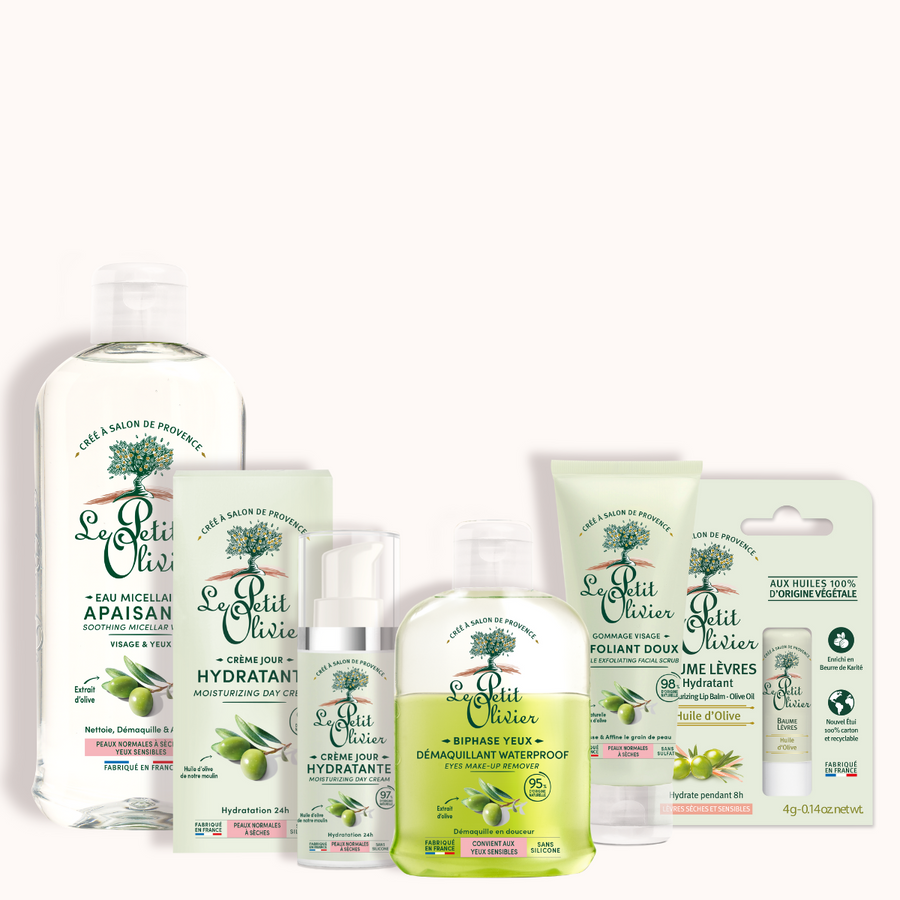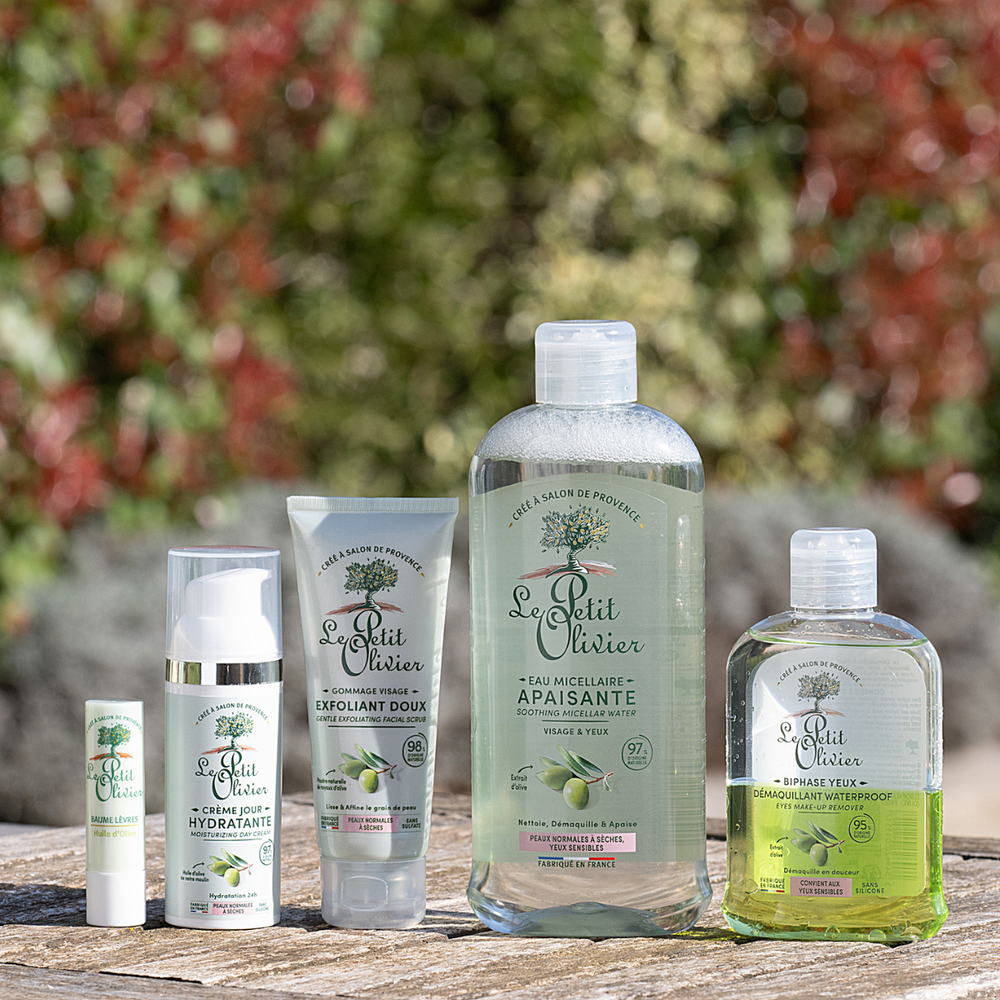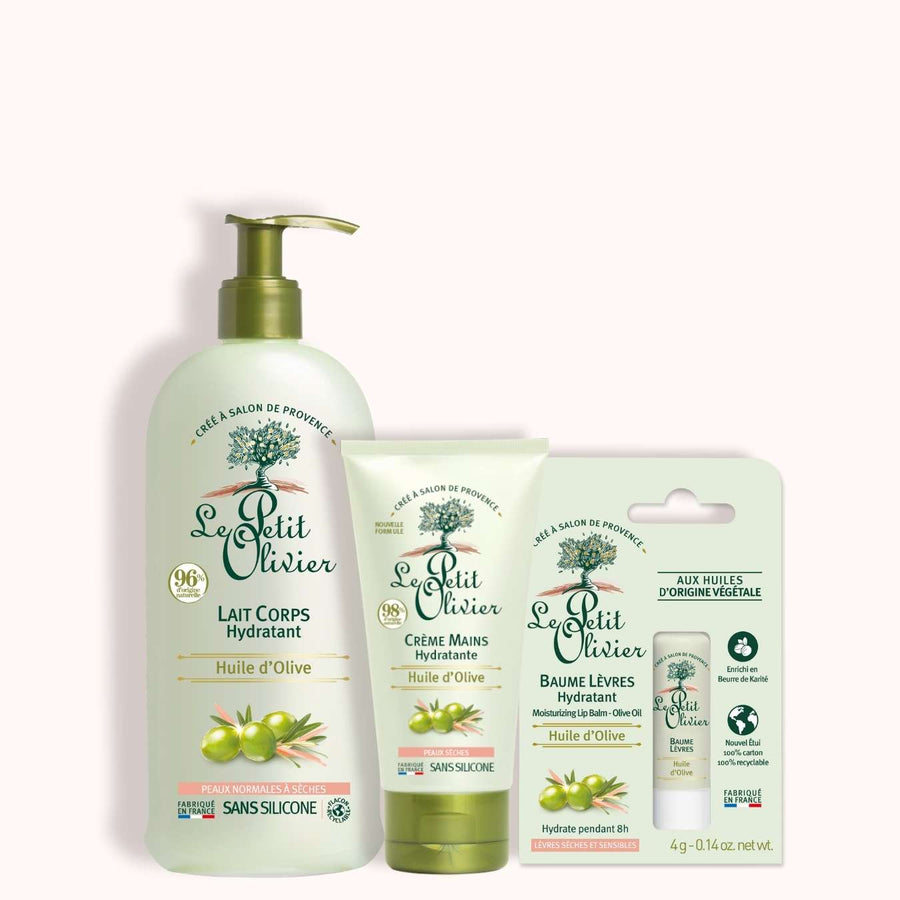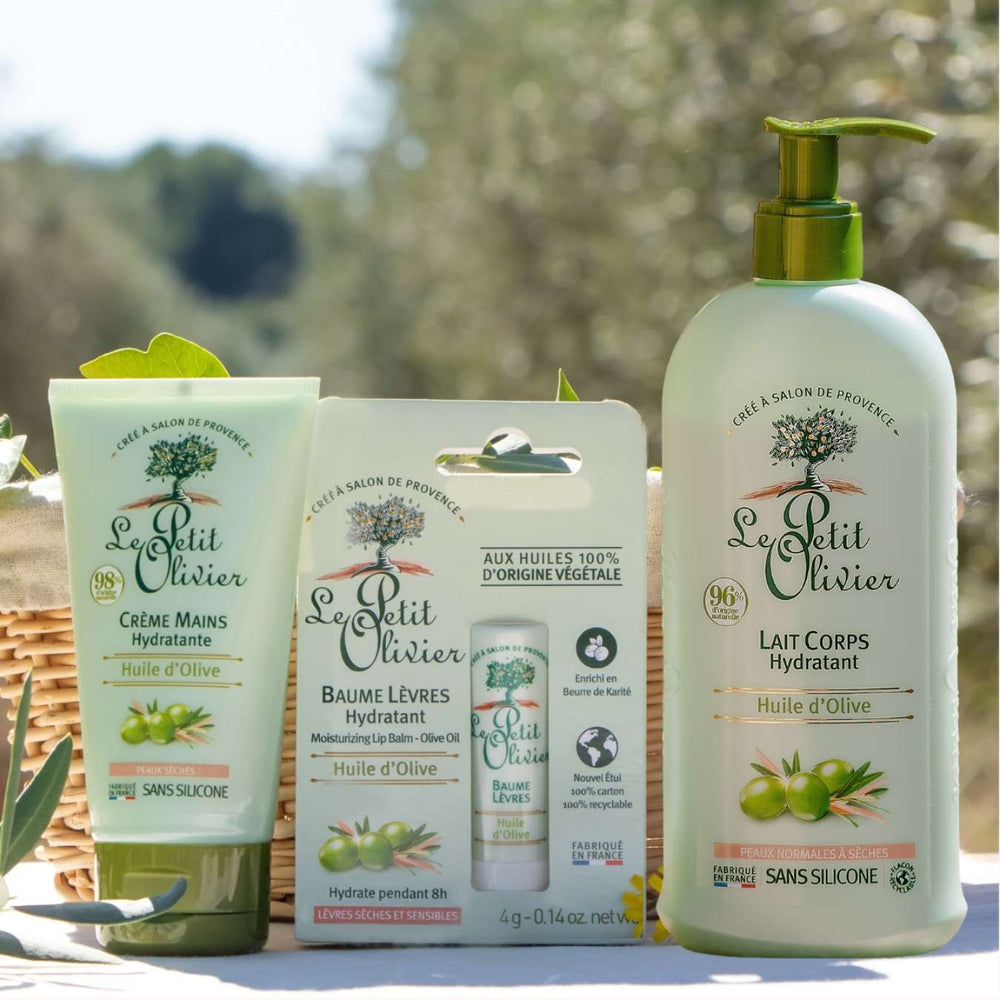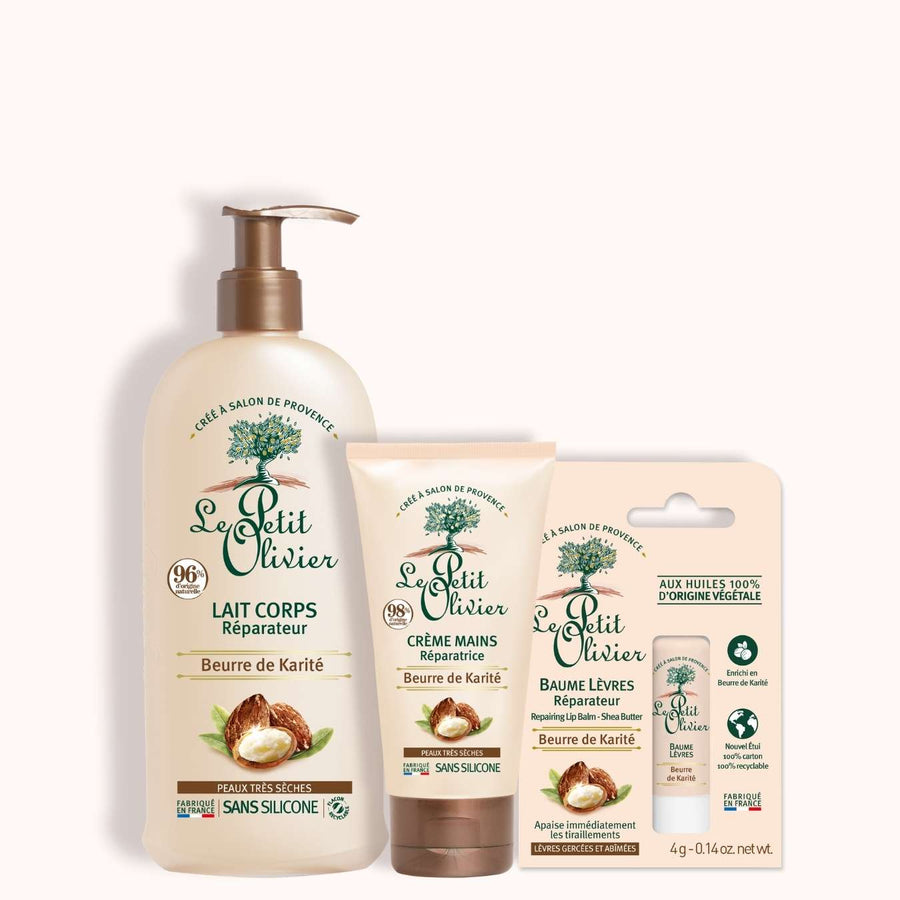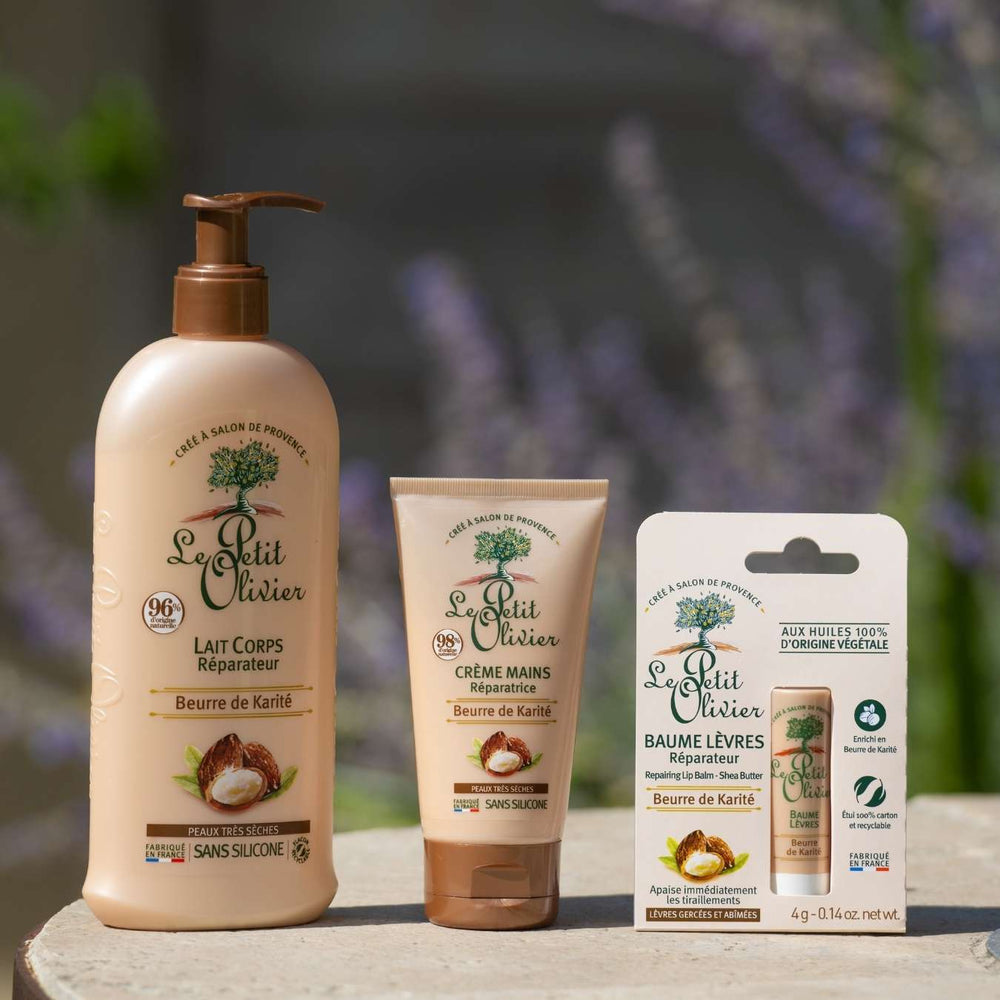What's the difference between shampoo and conditioner?
When it comes to hair care, the distinction between shampoo and conditioner is crucial to optimizing the care of your hair. These two products, although often used in tandem, fulfil distinct and complementary functions that deserve to be explored in detail.
Shampoo focuses primarily on deep cleansing, removing impurities and excess sebum accumulated over the days. Conditioner, on the other hand, plays an essential role in moisturizing and protecting hair fibers, facilitating detangling while providing softness and suppleness.
On this page, understanding the differences in composition between these two allies of your hair routine will enable you to adopt a more enlightened use. We'll guide you through their specific characteristics, their correct application and the mistakes to avoid in order to make the most of their complementarity. Discover how these products can transform not only the appearance, but also the intrinsic quality of your hair.
Main shampoo functions
Deep cleansing of hair with shampoo
Le shampooThis almost sacred ritual in our hair routine plays an essential role in hair care. First and foremost, it cleanses hair thoroughly. Each application transforms your scalp into a virgin land, free from the residues accumulated over the days. Imagine a creamy lather that envelops every strand, freeing hair from impurities and restoring shine and lightness. This meticulous cleansing is made possible by a synergy of cleansing agents that capture and eliminate unwanted particles.
Shampooing away impurities and excess sebum
One of shampoo's great strengths lies in its ability to regulate the scalp's natural balance. The sebaceous glands naturally produce sebum to protect our hair, but too much of it can weigh hair down and clog pores. This is where shampoo comes into its own: it dissolves this oily excess while preserving the integrity of your hair fibers. Beyond simple cleansing, it's a veritable dance between purification and protection that takes place with every wash.
In short, the choice of a good shampoo is not limited to its ability to lather abundantly; it must also respect the unique nature of your hair while meeting specific needs such as the effective removal of sebum or environmental impurities.

Main functions of conditioner
Moisturizing and nourishing hair with conditioner
Conditioner is an indispensable ally in enhancing your hair. After deep cleansing with shampoo, it's crucial to restore the moisture balance of hair fibers. Conditioner excels in this mission, enveloping each strand in a protective layer that retains moisture, leaving hair soft and supple. The active ingredients in the formula intensely nourish the hair fiber, restoring vigor and shine to lengths often battered by external aggressors such as pollution or frequent styling.
Detangling and protective properties of conditioner
Imagine being able to run your fingers through your hair without encountering a single knot... That's exactly what you get with a good conditioner! Thanks to its detangling properties, it makes brushing much easier, minimizing breakage and preserving the length of your hair. But the benefits don't stop there: by forming a protective barrier around the cuticles, this hair elixir also protects against thermal and environmental aggression. For those wishing to preserve their color or avoid unsightly split ends, regular application of conditioner could prove a winning strategy. To find out more about when and how to use shampoo versus conditioner, follow this guide.

Differences in composition between shampoos and conditioners
Consult our guide to find out which shampoo or conditioner is right for your specific hair needs.
Correct use of shampoo
Frequency and method of shampoo application
The ritual of shampooing, although daily for some, deserves special attention to reveal the full splendor of your hair. The ideal frequency depends on your hair type and lifestyle. For normal to oily hair, a wash two or three times a week may be sufficient, while dry or fragile hair might benefit from a more spaced-out approach. Before you start, gently brush your hair to remove residues and avoid unnecessary tangles.
Then wet your hair with lukewarm water - water that's too hot can be harsh on the scalp. Pour a small amount of shampoo into wet hands and distribute evenly over scalp. Massage gently in circular motions to stimulate blood circulation without irritating the skin. Leave to foam naturally before rinsing thoroughly with clean water.

Tips for optimizing shampoo efficacy
To get the most out of your shampoo, a few simple tricks can make all the difference. Alternate between different types of shampoo adapted to your specific needs: purifying to eliminate excess sebum, or moisturizing to bring softness to parched lengths. If you use styling products regularly, consider an occasional clarifying wash to remove any accumulated residue.
Remember that quality is more important than quantity: a dab is more than enough to cleanse effectively without weighing down your strands. Finally, avoid applying the product directly to your lengths; concentrate instead on the scalp, where excess oil is generally concentrated, and let it flow naturally to the ends when rinsing.
Correct use of conditioner
Conditioner application and application time
After rinsing your shampoo, apply a generous amount of conditioner to well towel-dried hair. Concentrate on the lengths and ends, where the hair fiber needs the most pampering. Avoid the scalp to avoid weighing down your roots. To maximize benefits, leave conditioner on for 3 to 5 minutes. This time allows the nourishing active ingredients to penetrate deep into the hair fiber, bringing softness and suppleness to every strand.
Common mistakes to avoid with conditioner
A common mistake is to apply conditioner too close to the roots, which can lead to an undesirable weighing-down effect. Be sure to rinse your hair thoroughly after application to avoid any residue that could dull its natural shine. Another blunder is neglecting regularity: to reap the full detangling and protective benefits, incorporate this essential hair care product into every wash.
Finally, choose a product suited to your hair type: a conditioner formulated for color-treated hair will better preserve your hue, while a moisturizing formula will better suit strands dried out by heated tools or chemical treatments.
Cumulative benefits of using shampoo and conditioner together
Complementarity between shampoo and conditioner
In the world of hair care, the synergy between shampoo andconditioner is a real asset for enhancing your hair. By cleansing deep down, shampoo prepares the ground by eliminating impurities and excess sebum that can dull your strands. This is when conditioner comes into play with its moisturizing and detangling properties, providing an indispensable finishing touch to your hair routine.
Successive application of these two products not only cleanses the scalp, but also wraps each hair fiber in a protective layer. This complementarity guarantees hair that is both clean and silky, ready to face daily aggressions without losing its natural shine.
We recommend these other pages:
